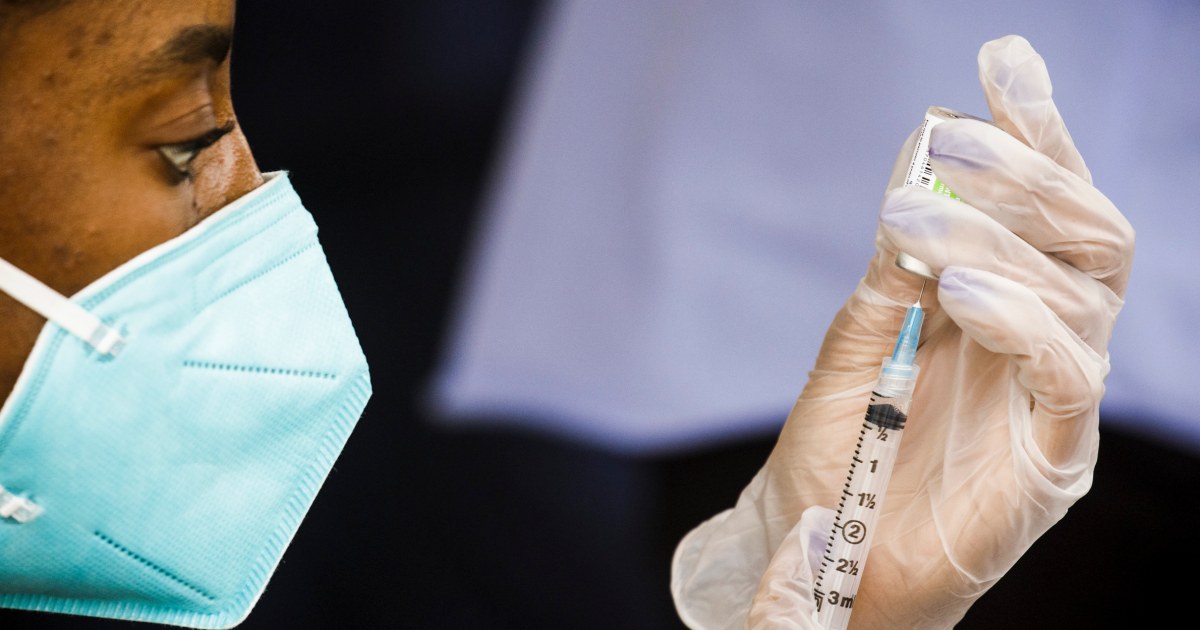
The U.S. may be in for a severe flu season this year if trends in the Southern Hemisphere — historically a seasonal harbinger for the U.S. — hold true.
It isn’t the first time since the Covid pandemic began that experts have warned of a bad flu season or even a “twindemic”: a bad flu season on top of a winter surge of Covid. But so far, that hasn’t materialized.
What makes this year different, however, is that flu is surging in Australia for the first time since the pandemic began. Flu season in Australia can be an indication of what’s to come in the U.S.
Australia is nearing the end of its worst flu season in five years, according to the latest report from the country’s Department of Health and Aged Care.
“We watch the all of the Southern Hemisphere countries very closely, hoping that we get some sort of insight, but it’s not perfect by any means,” said Dr. Alicia Fry, the chief of the Epidemiology and Prevention Branch of the Centers for Disease Control and Prevention.
Still, she said, the CDC is “very alert” for signs of an early and/or aggressive flu season in the U.S.
Up to 41 million people catch the flu every year, on average, resulting in about 52,000 deaths, according to the CDC.
Warning signs for winter
Flu season in Australia began earlier than usual, which can be an indicator of a severe season.
“The earlier it starts, the worse it tends to be,” said Dr. Robert Citronberg, the executive medical director of infectious disease and prevention for Advocate Aurora Health in Illinois. That is mostly a function of time — the longer the flu circulates, the more damage it will do in a population.
Australia’s flu season has also hit children hardest, according to the country’s health agency. Kids ages 5 through 9 have had the highest rate of flu cases this year, followed by children ages 4 and younger and teenagers.
Australian health authorities say it’s too soon to tell whether their flu vaccine has proven to be a good match for circulating influenza strains.
The flu shots that will be offered in the U.S. this year will protect against two strains of influenza A and two strains of influenza B.
How a vulnerable population can prepare
Usually, people are exposed to a variety of flu strains every year, which helps to build up immunity to the virus.
But with little flu in the past two seasons, that immunity has waned. Young children in particular may be most at risk, experts said, because their immune systems have had even less exposure to the virus.
“There are a lot of young kids who have not had flu at all over the past couple of years,” said Dr. James Cutrell, an infectious disease expert at UT Southwestern Medical Center in Dallas. “That’s going to make them more susceptible to get it and then to spread it to other people.”
Cutrell said that people shouldn’t panic about the coming flu season but that “it is time for people to prepare.”
That mainly involves staying up to date on vaccines for both the flu and Covid.
Protection against one viral infection can help protect against the other, and vice versa, said Dr. Robert Citronberg, the executive medical director of infectious disease and prevention for Advocate Aurora Health.
Both Covid and influenza can cause “significant lung inflammation,” Citronberg said. “Once you have lung inflammation, you’re more susceptible to other infections or pathogens.”
Doctors offices and pharmacies in the U.S. will be getting flu vaccine shipments in the coming weeks. Fry of the CDC said the best time for most people to get the shot is in September or October.
Two groups in particular should get them earlier if possible, she said: young children who will need two shots this year and women in their third trimesters of pregnancy.
“It’s a good idea to get the vaccine before they deliver so that the baby gets some of the antibodies that Mom develops and the baby’s protected,” Fry said. Infants aren’t eligible for flu shots until age 6 months.
According to the CDC, children younger than age 9 who have never had flu shots should get two doses this year, at least four weeks apart.
In addition, kids in that age group who got only one shot during previous flu seasons may also need two shots this year.
Historically, however, Americans don’t rush to get their flu shots. Just about half of the U.S. population got the shot during the 2020-21 season, the CDC reported. And while there is no guarantee the shots will prevent infection, studies have shown they can reduce the risk of dying or ending up in the hospital with severe flu.
“Flu is not completely preventable by the vaccine, but it’s controllable,” Citronberg said. “If we get a significantly fewer number of people getting vaccinated this year for flu, then it could really impact how many cases we have and the severity of those cases.”
If that occurs, Citronberg predicted, “we’re going to have our hands full.”
Follow NBC HEALTH on Twitter & Facebook.
Source: | This article originally belongs to Nbcnews.com










